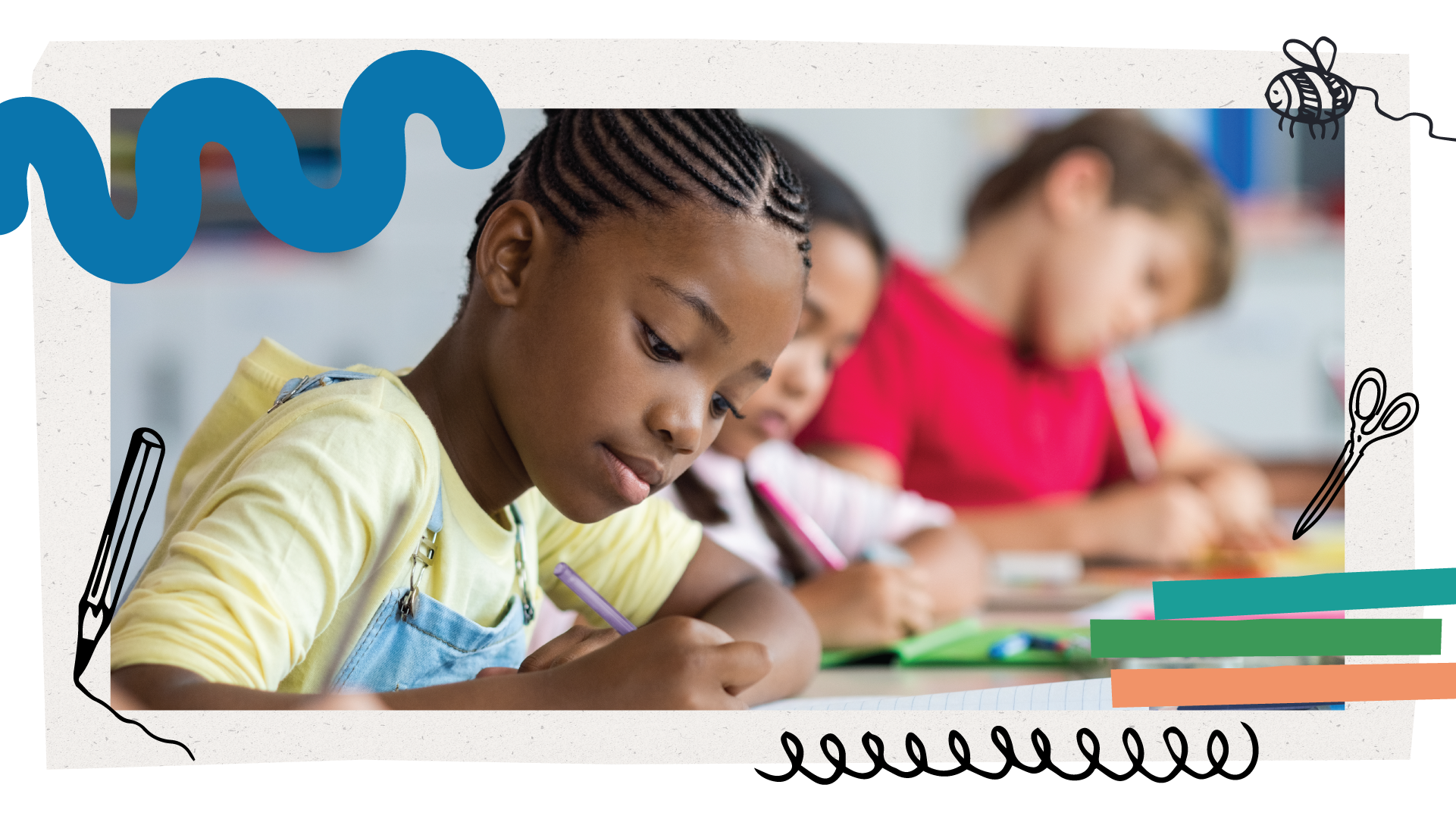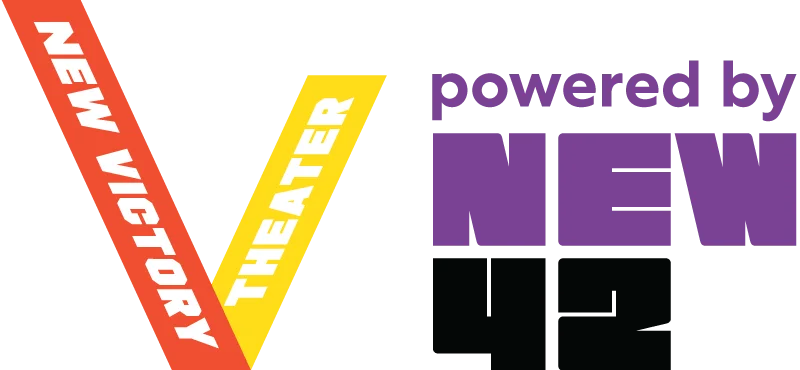Back to Resource Library Download PDF
Download PDF
You’re Gonna Flip Over This!
 Download PDF
Download PDFUse the activity below to explore cinematic storytelling by creating flipbooks, writing stories and exploring character and emotions through movement.
Materials Needed: small stacks of paper (post-its, index cards, etc.), pencils, journals, speaker, open space
- Begin by introducing your students to the idea that movies are made up of still pictures that move so fast, our brains see them as one continuous action. Show them a simple flipbook (or a short animated clip) and ask questions like: How do these drawings or pictures seem to “move?” Let them know they’re going to create a flipbook! Note: You can demo the idea by quickly sketching a stick figure on two or three index cards, slightly changing its position each time. Then flip through the cards to show how movement is created!
- Ask them to think of a character. Then think about a basic emotion (excited, nervous, surprised, etc.) and a basic action (jumping, waving, falling, spinning, running, etc.) for that character.
- After they’ve chosen an emotion and action, have them think about the beginning, middle and end of that action, imagining or drawing each small movement as its own picture.
- Before they start drawing, ask students to step into their stories. Invite them to become their flipbook character and physically try out their action and emotion. Guide them with questions like: How would your character physically show emotions—without words? Can you “pause” and “rewind” your actions just like a flipbook? Pair students up and have them perform their character’s action and emotion for each other. Note: For students who may want to participate in a different way, they can narrate their story while someone else acts it out!
- Now, it’s time to create! Pass out small stacks of paper (post-its, index cards or cut-up pieces of paper stapled together work great) and guide them with these helpful hints:
- Gotta start somewhere. This is the “beginning” of the action
- Making small changes. Tiny shifts in movement or expression in each drawing will make the animation smoother
- The more the merrier. 10 – 12 pages (or more) will help make the motion more fluid
- Flip it to test. Encourage students to try flipping through their stories and keep adjusting their work until it feels right to them
- Now that students can see their characters in action, it’s time to put them into words! Ask them to write what’s happening in their flipbooks in full sentences and encourage them to include:
- sentence describing their character and setting
- what action happens and how it changes over time
- how their character feels at different points in the story
-
Now for the big finale! Invite students to share their stories using all three elements: flip through their flipbooks, read or narrate their written story, and act it out with movement and emotion. Some students might want to perform alone, while others might pair up or even turn their stories into group performances.
Reflection Questions
- What did you learn about how a character moves by making your flipbook?
- How is a flipbook like a movie? How is it different?
Format
PDF
Art Forms
Audiences
National Arts Standards
ConnectingCreatingPerformingResponding
Types of Content
